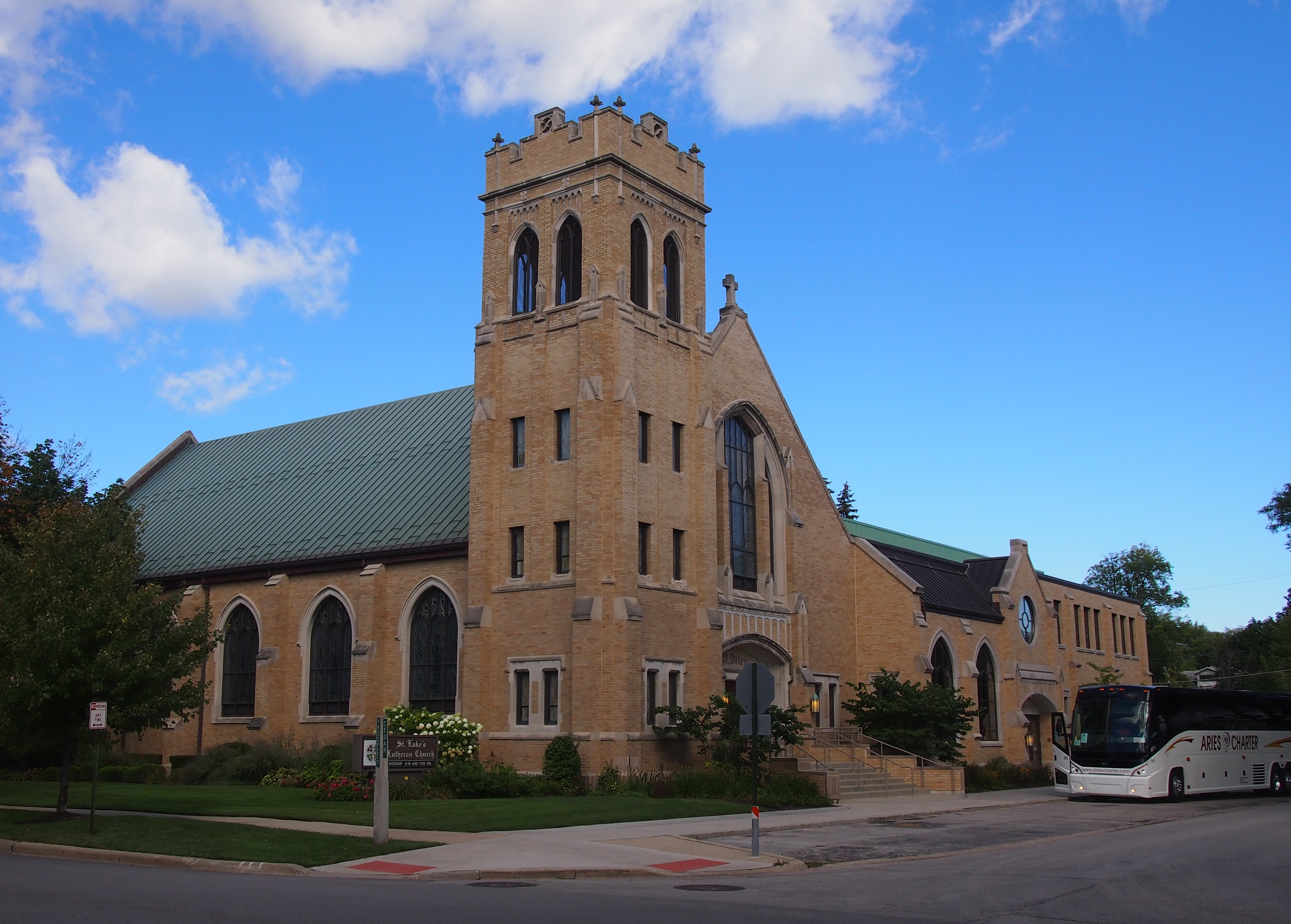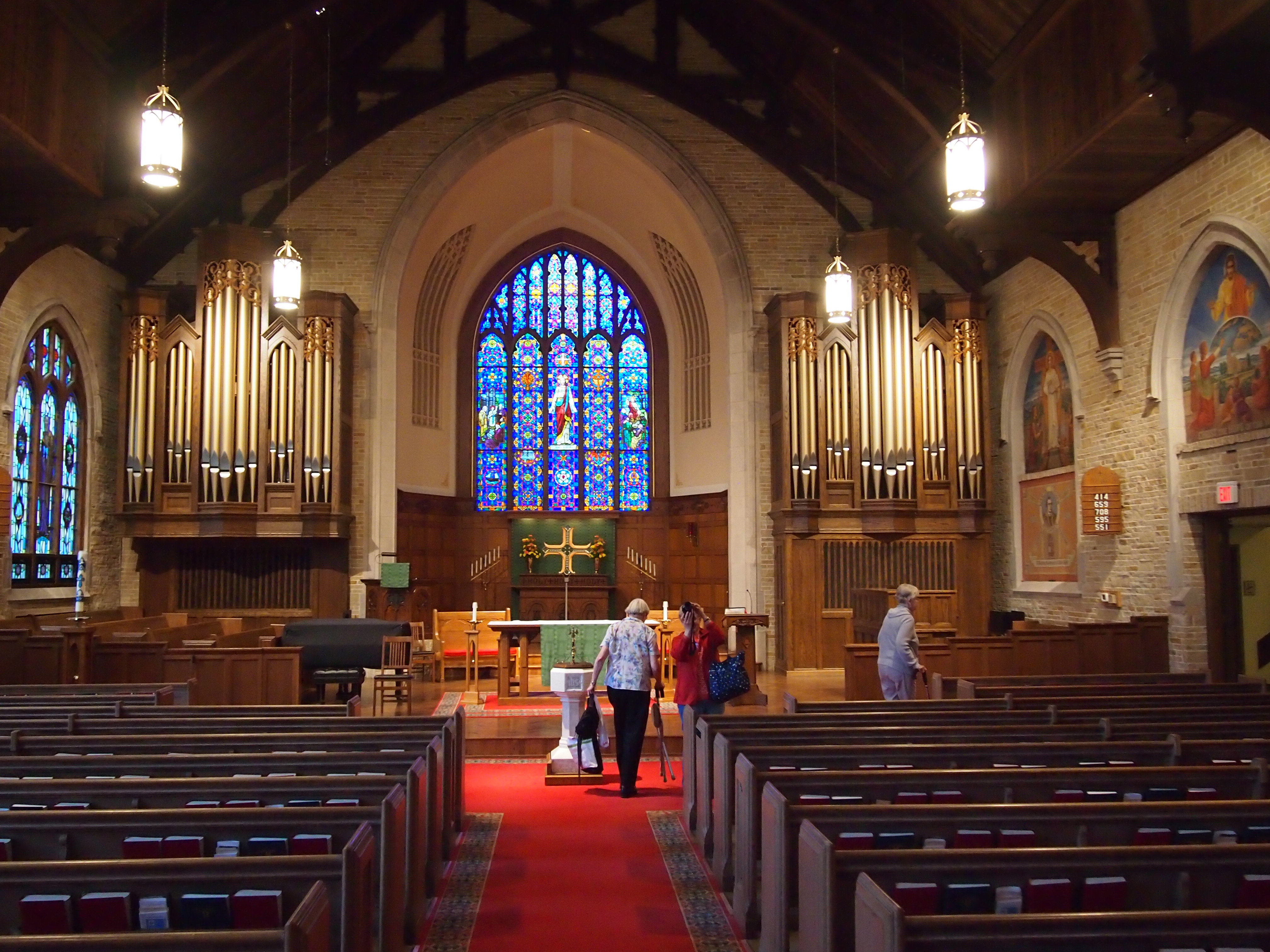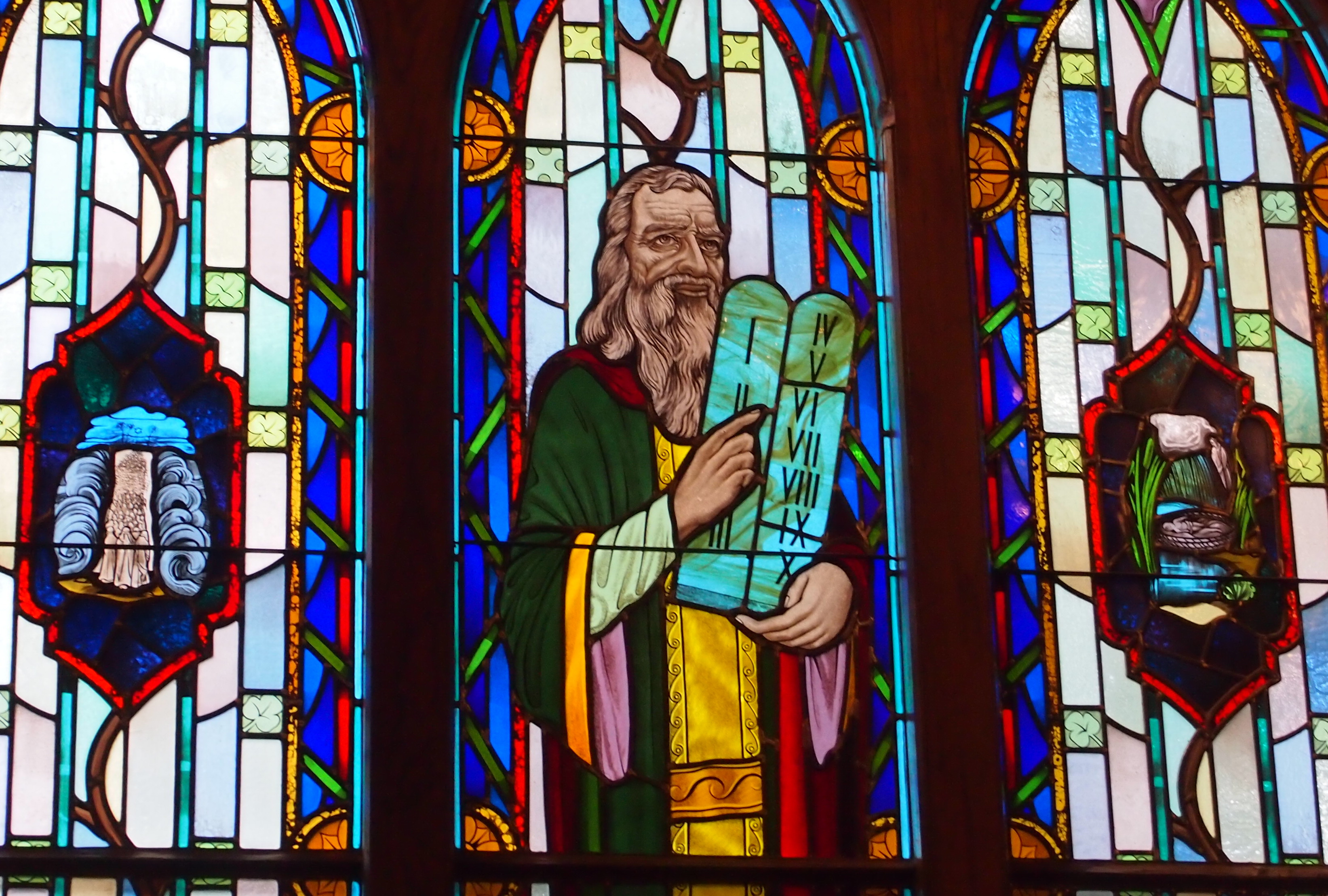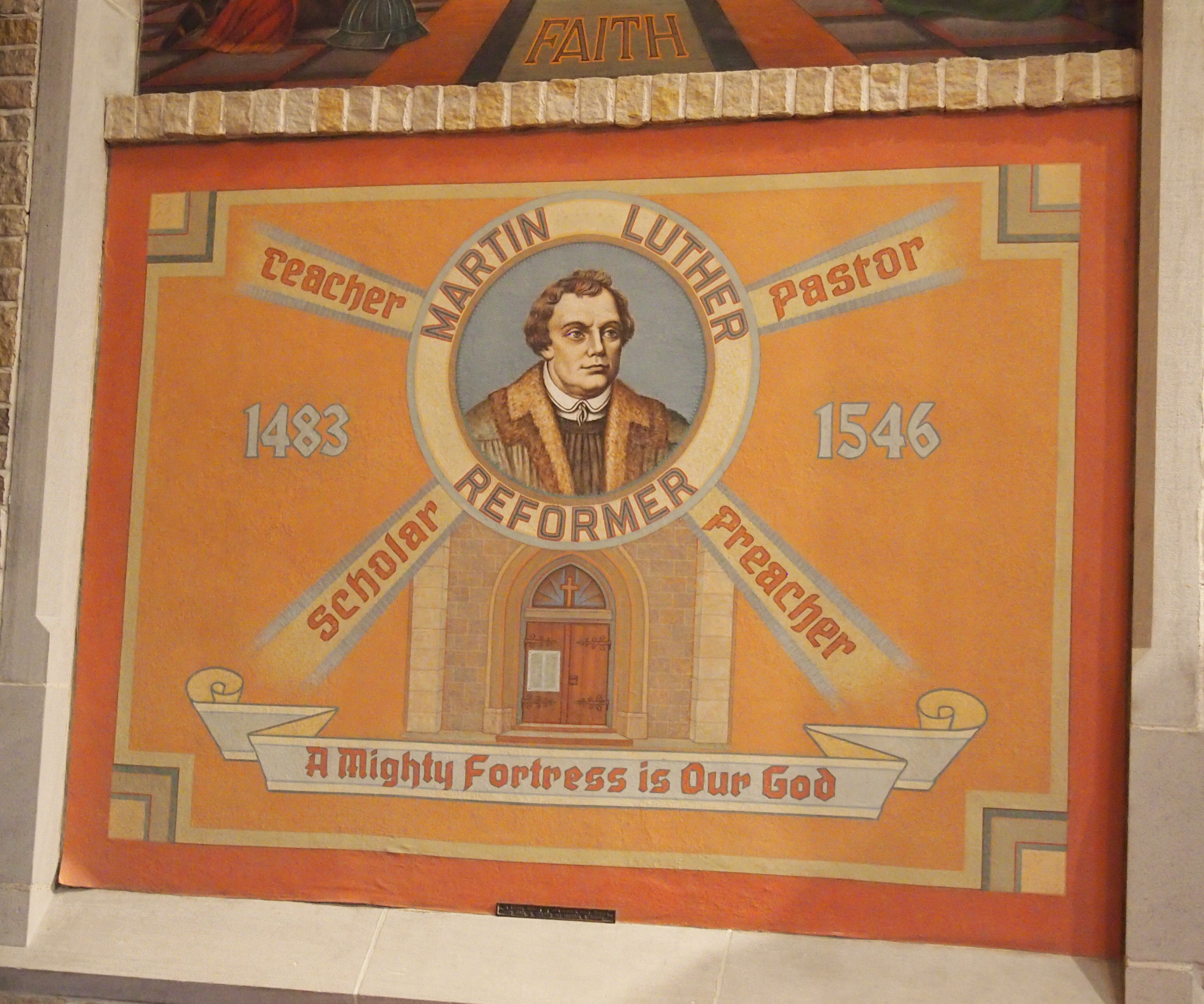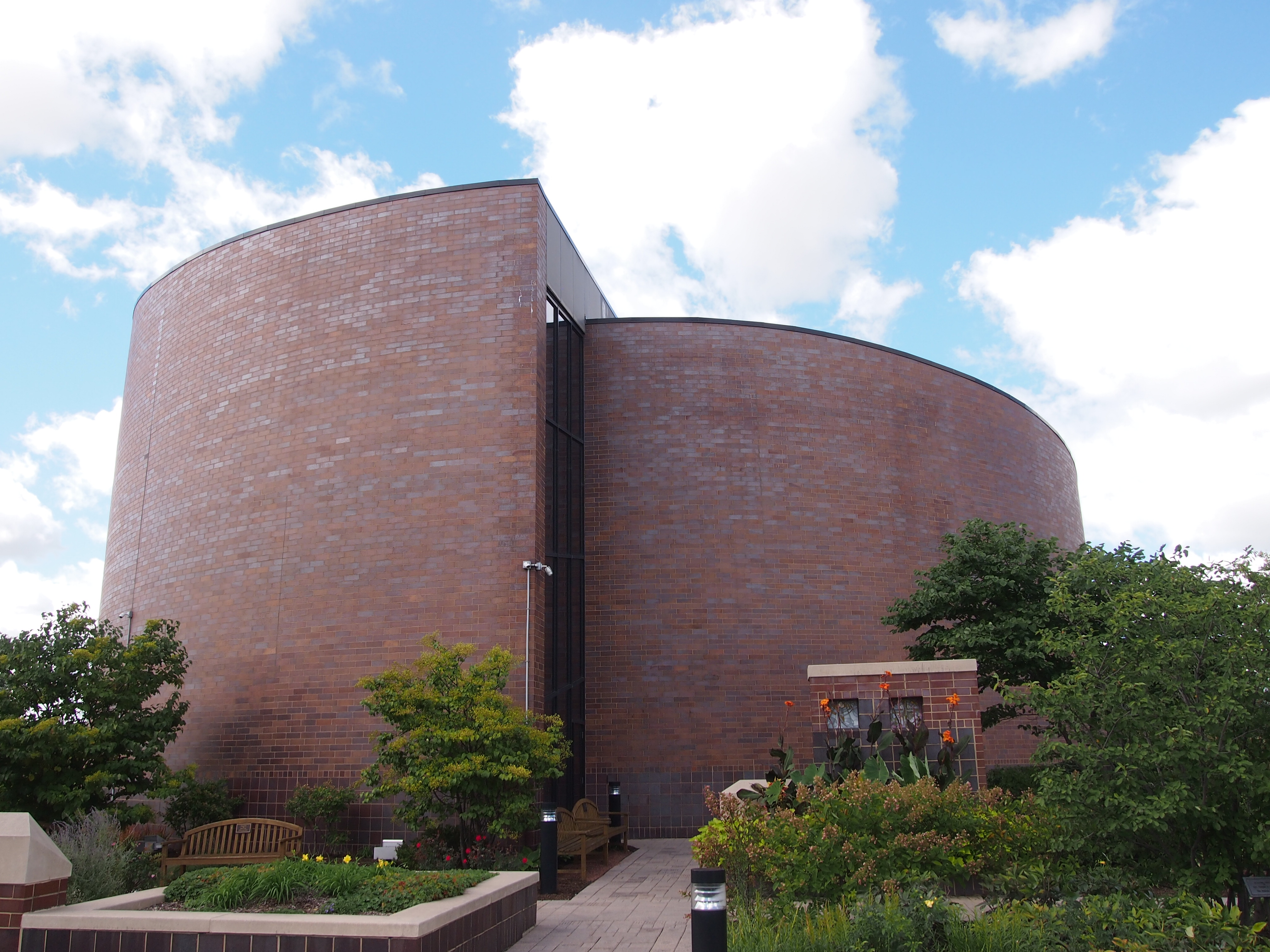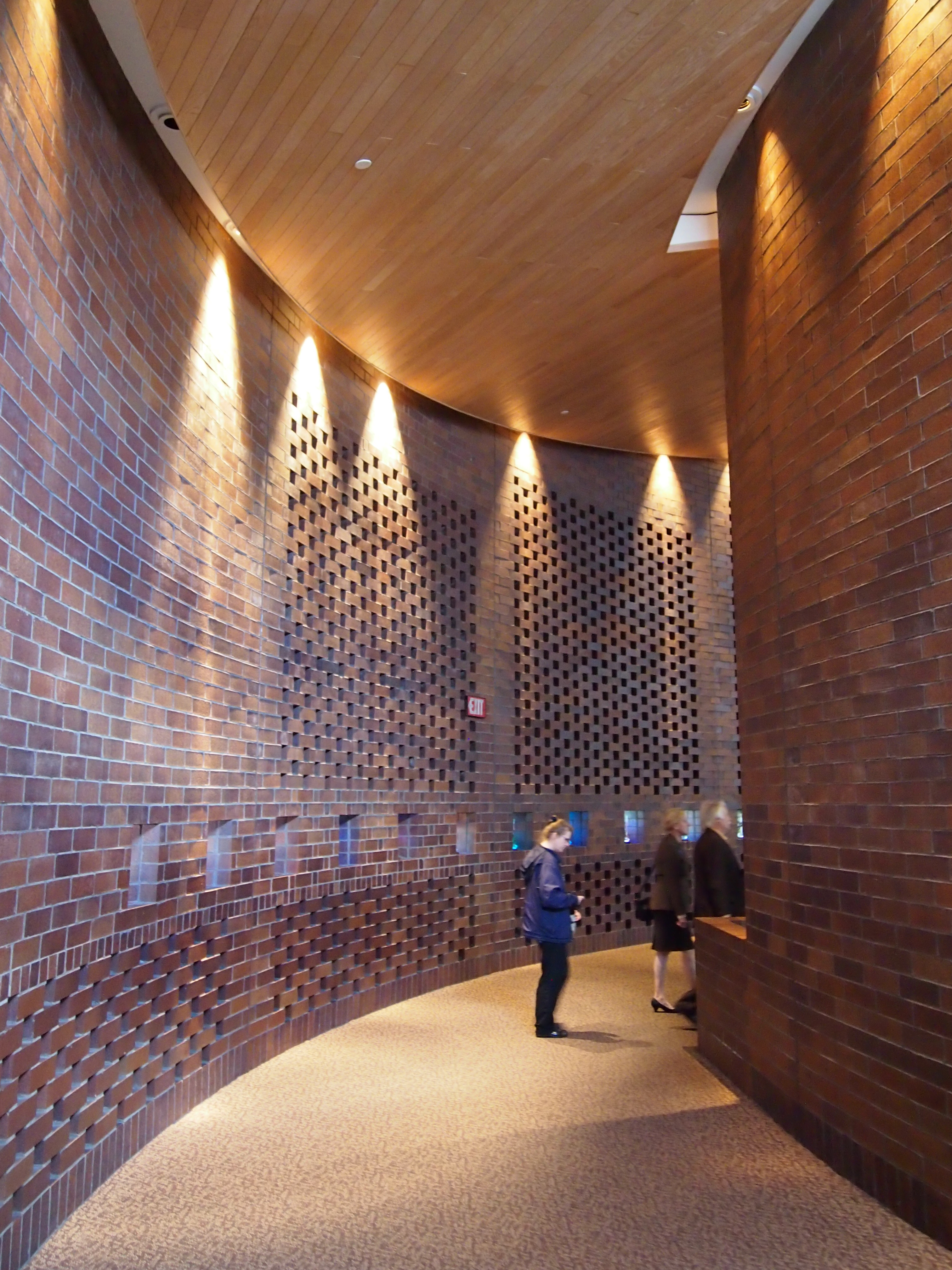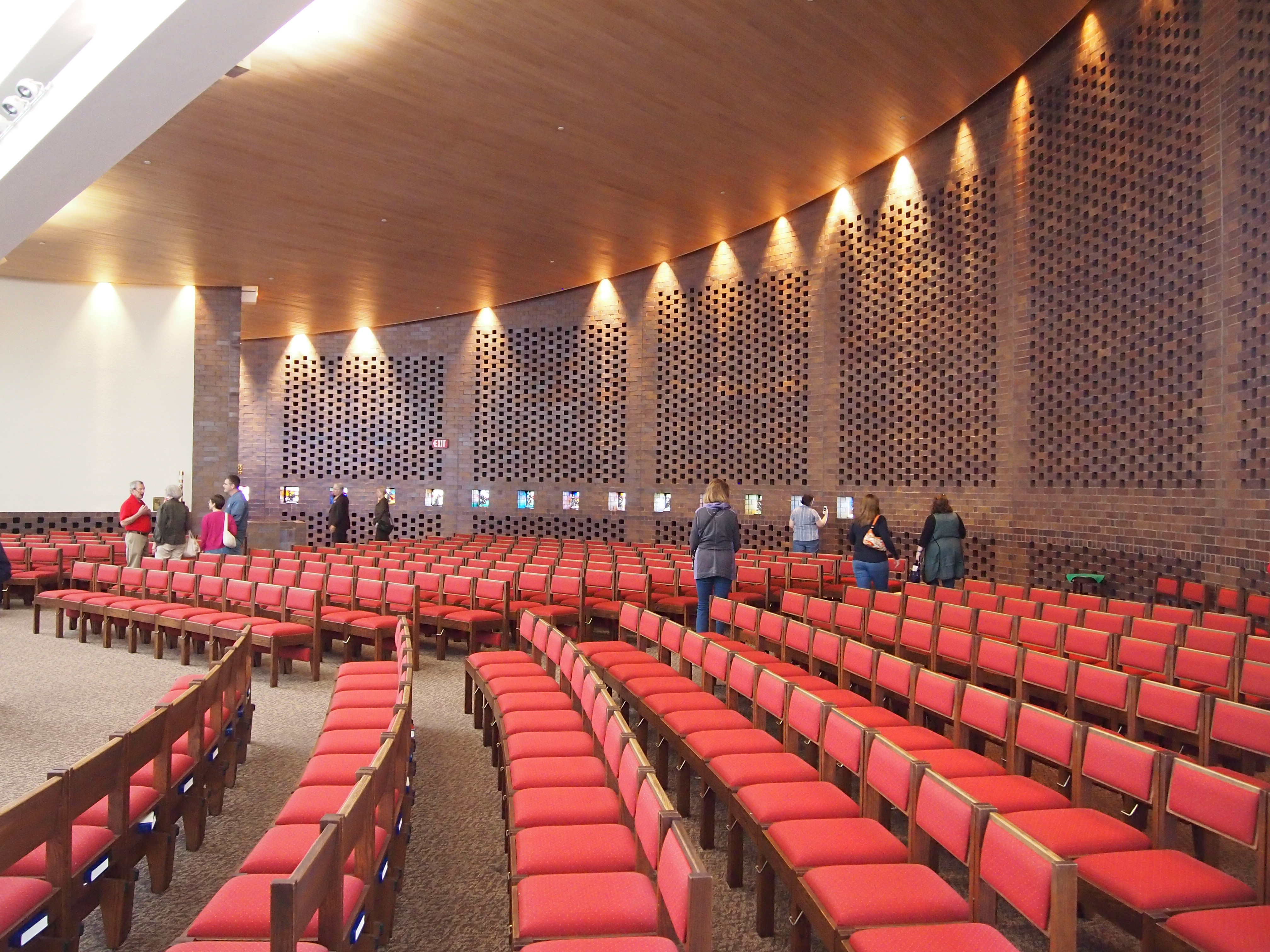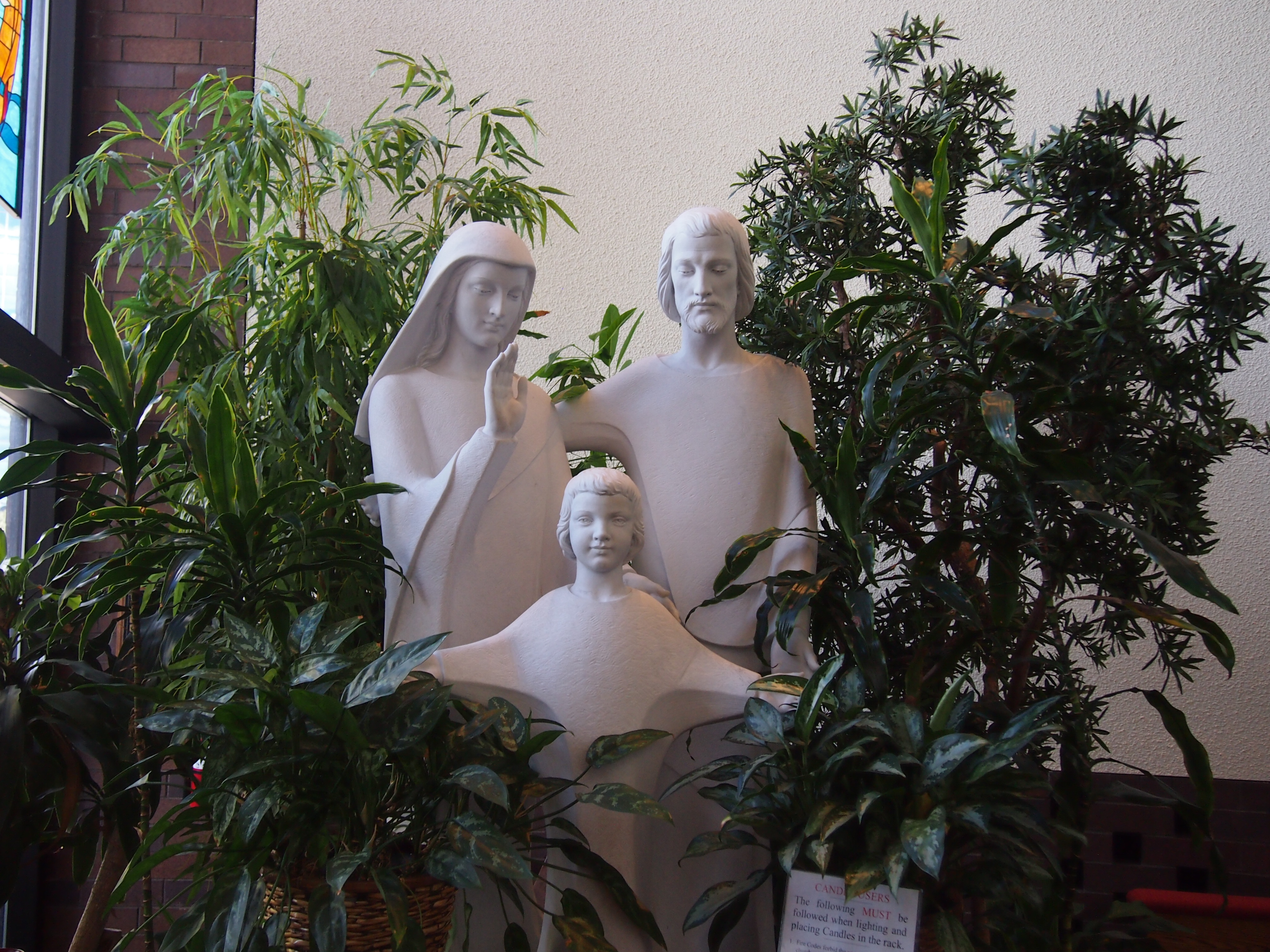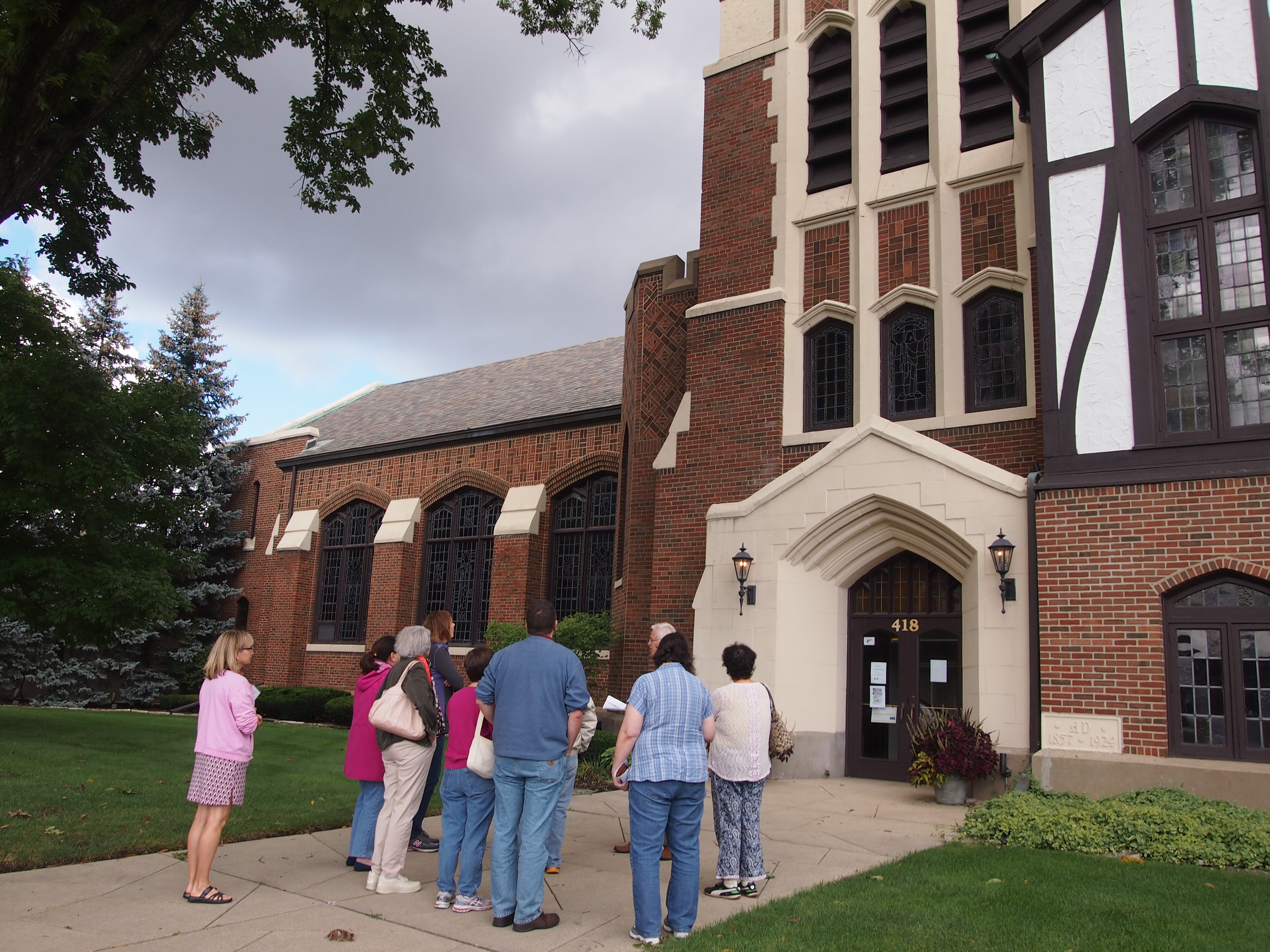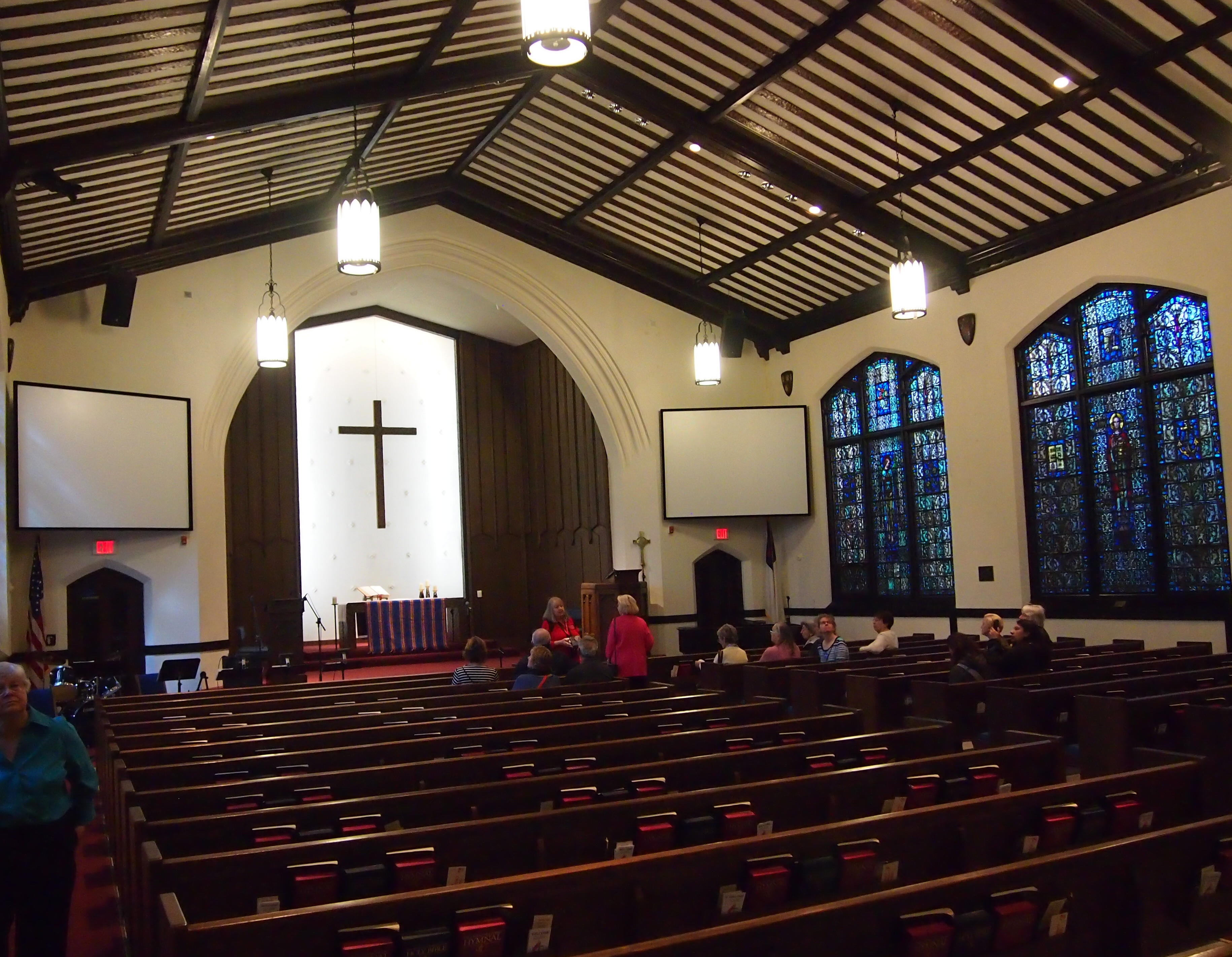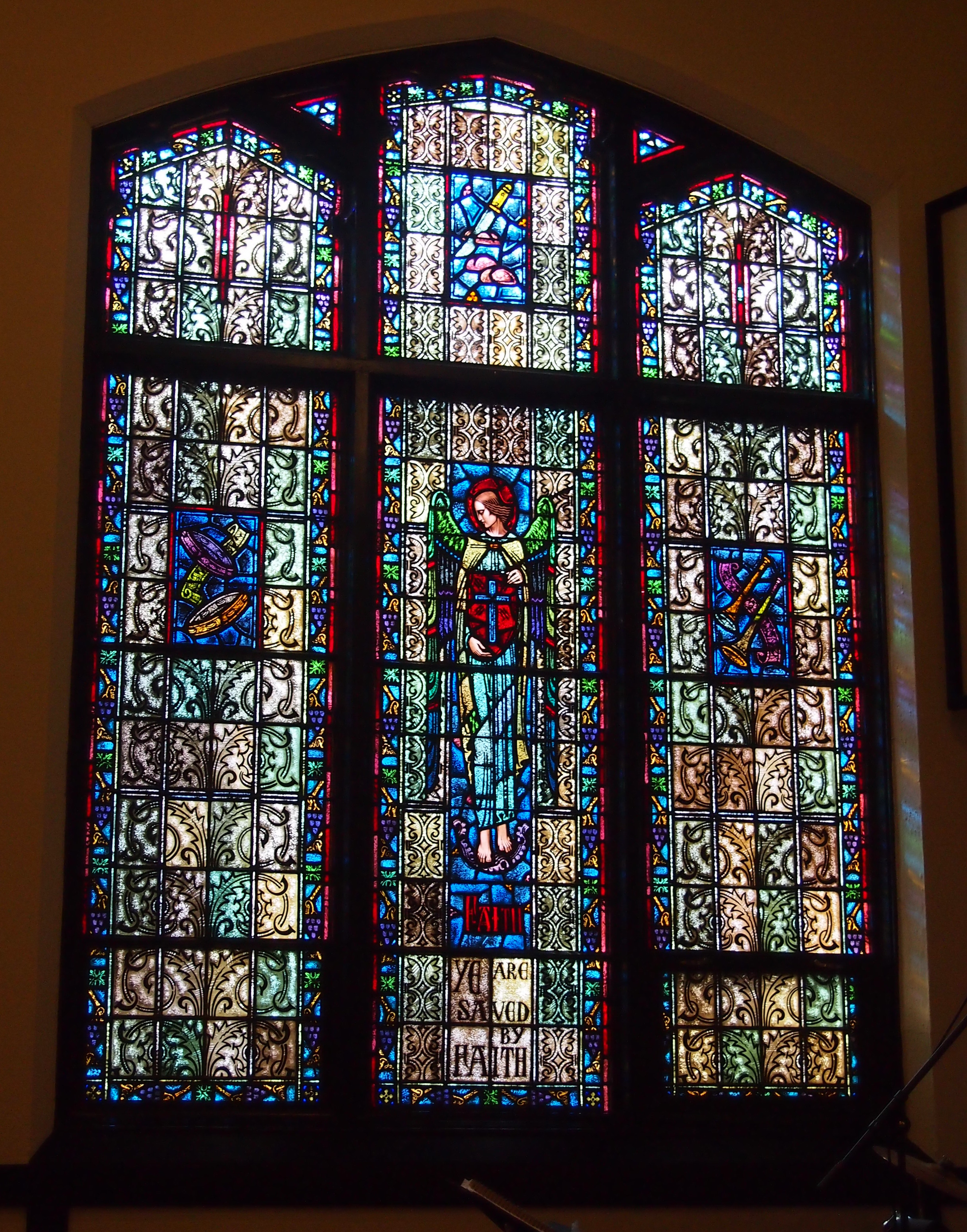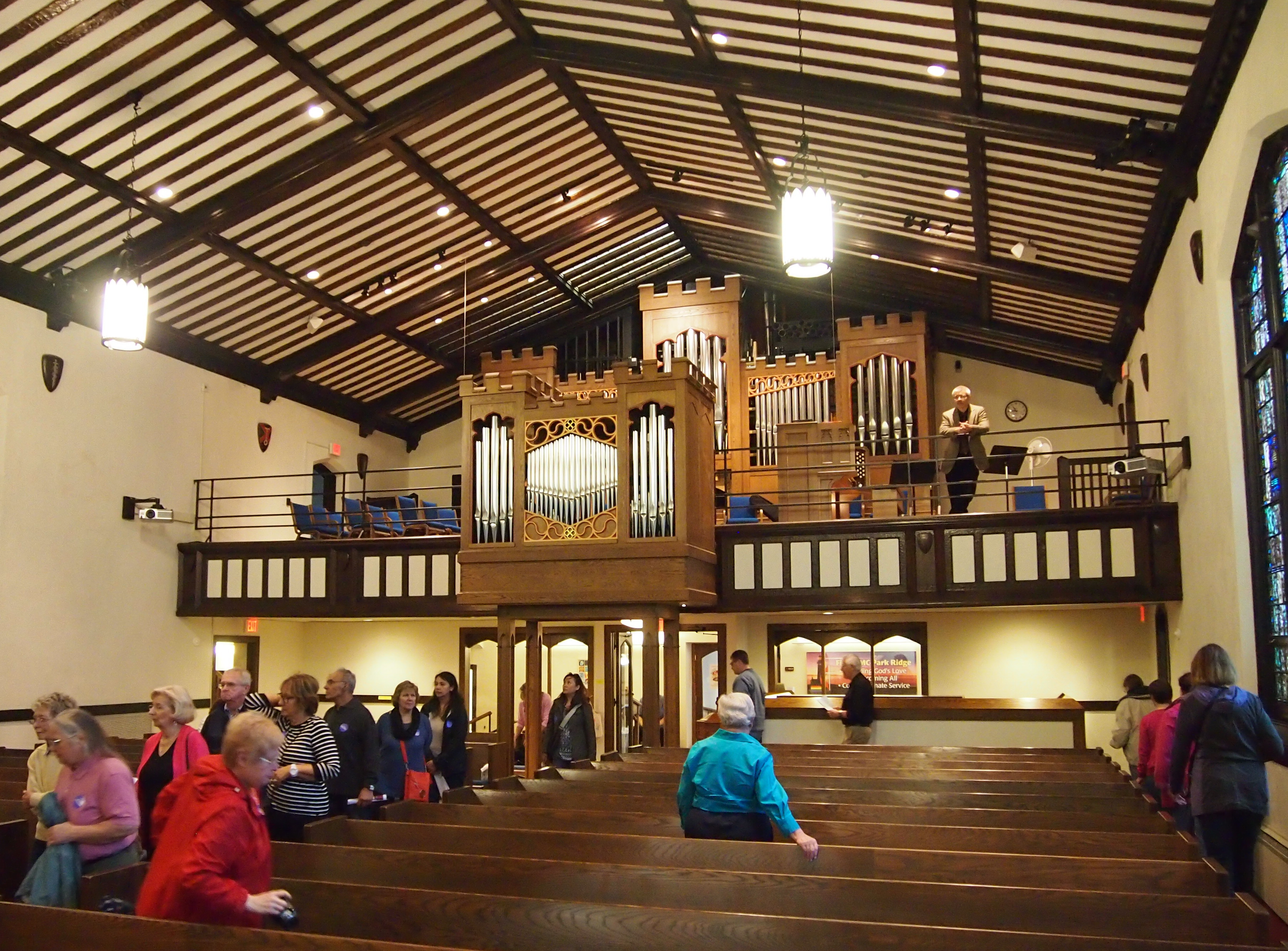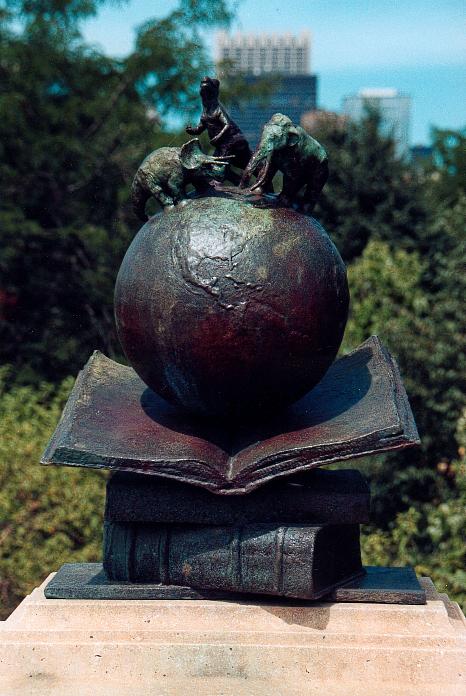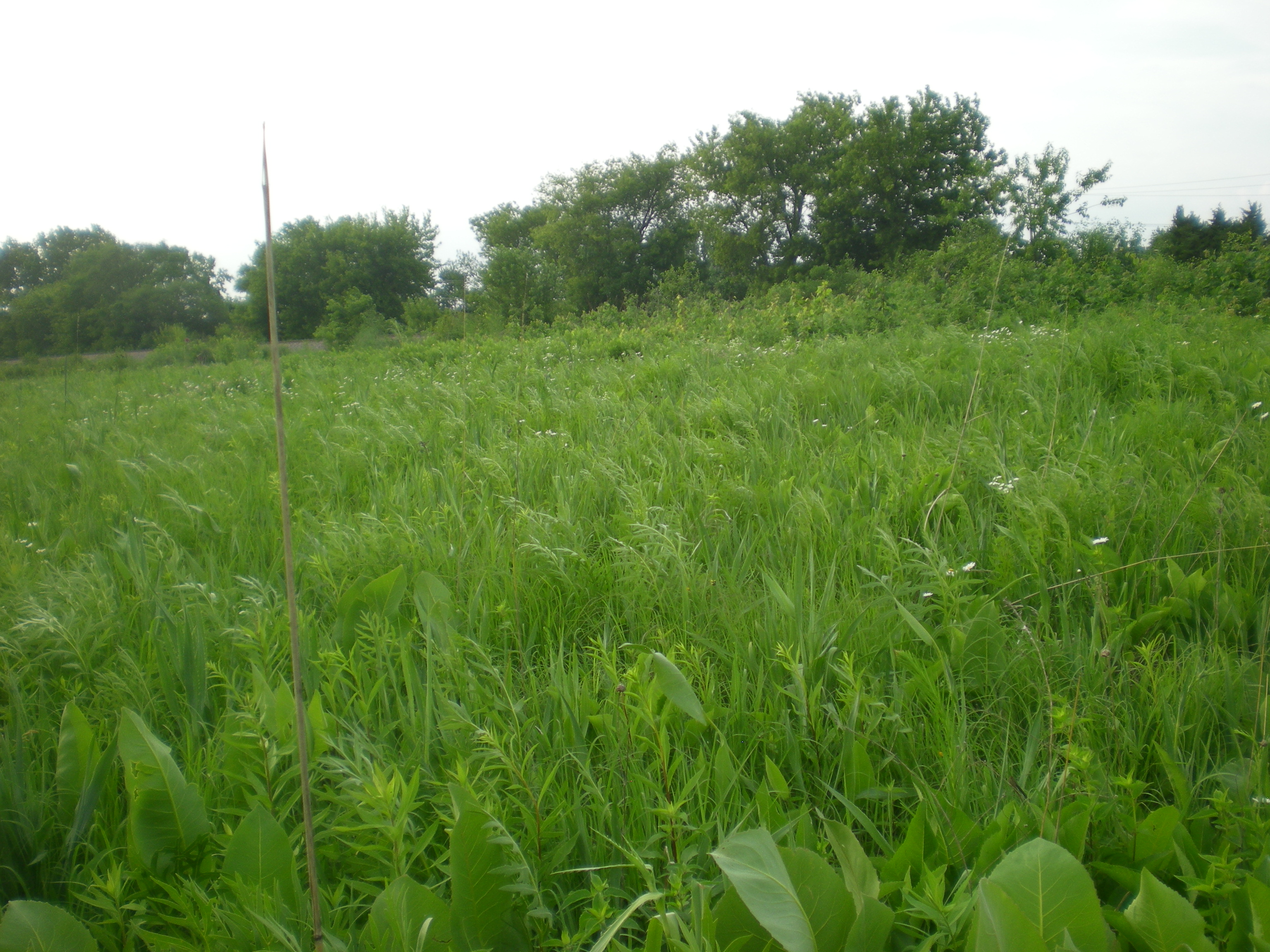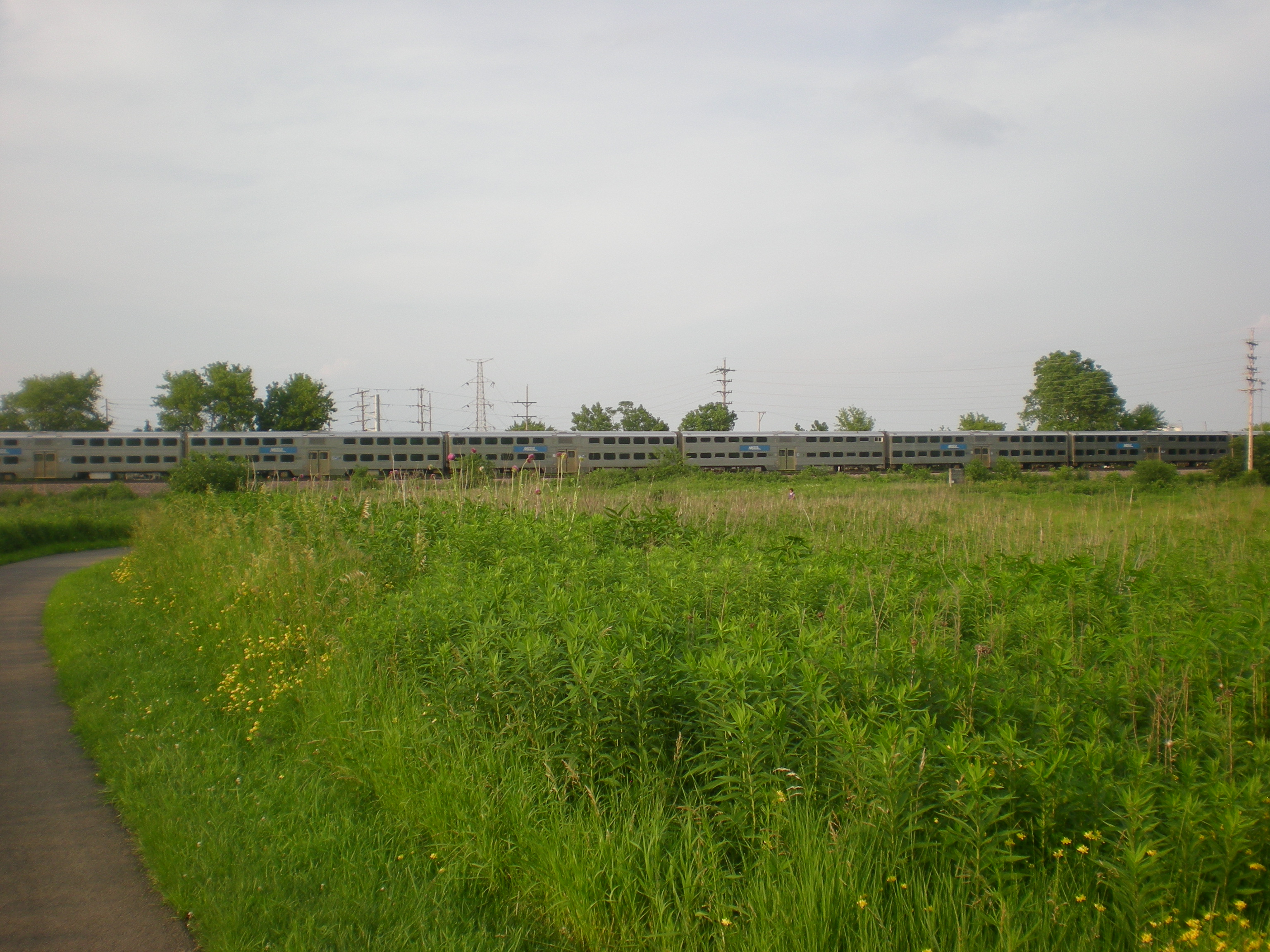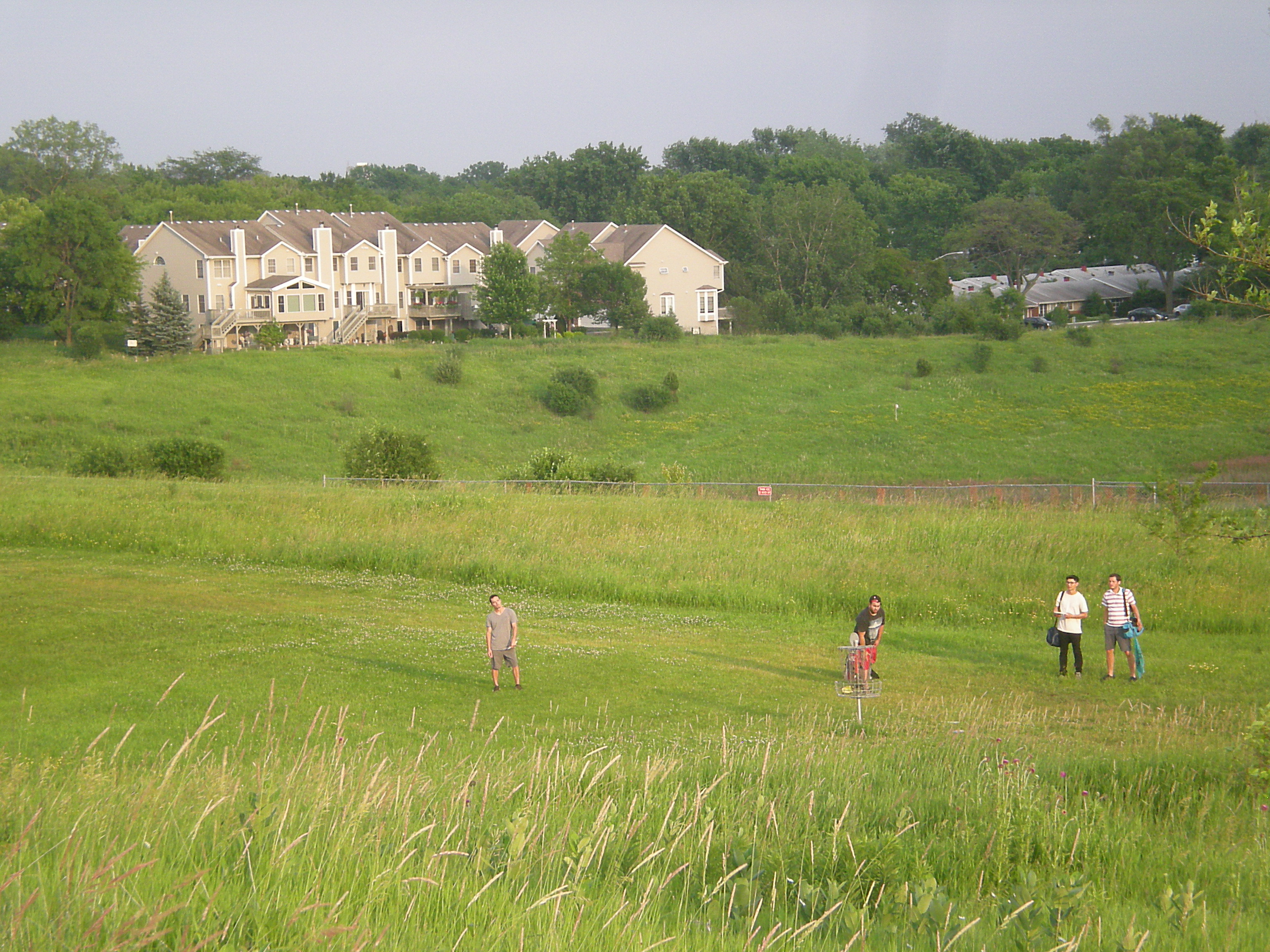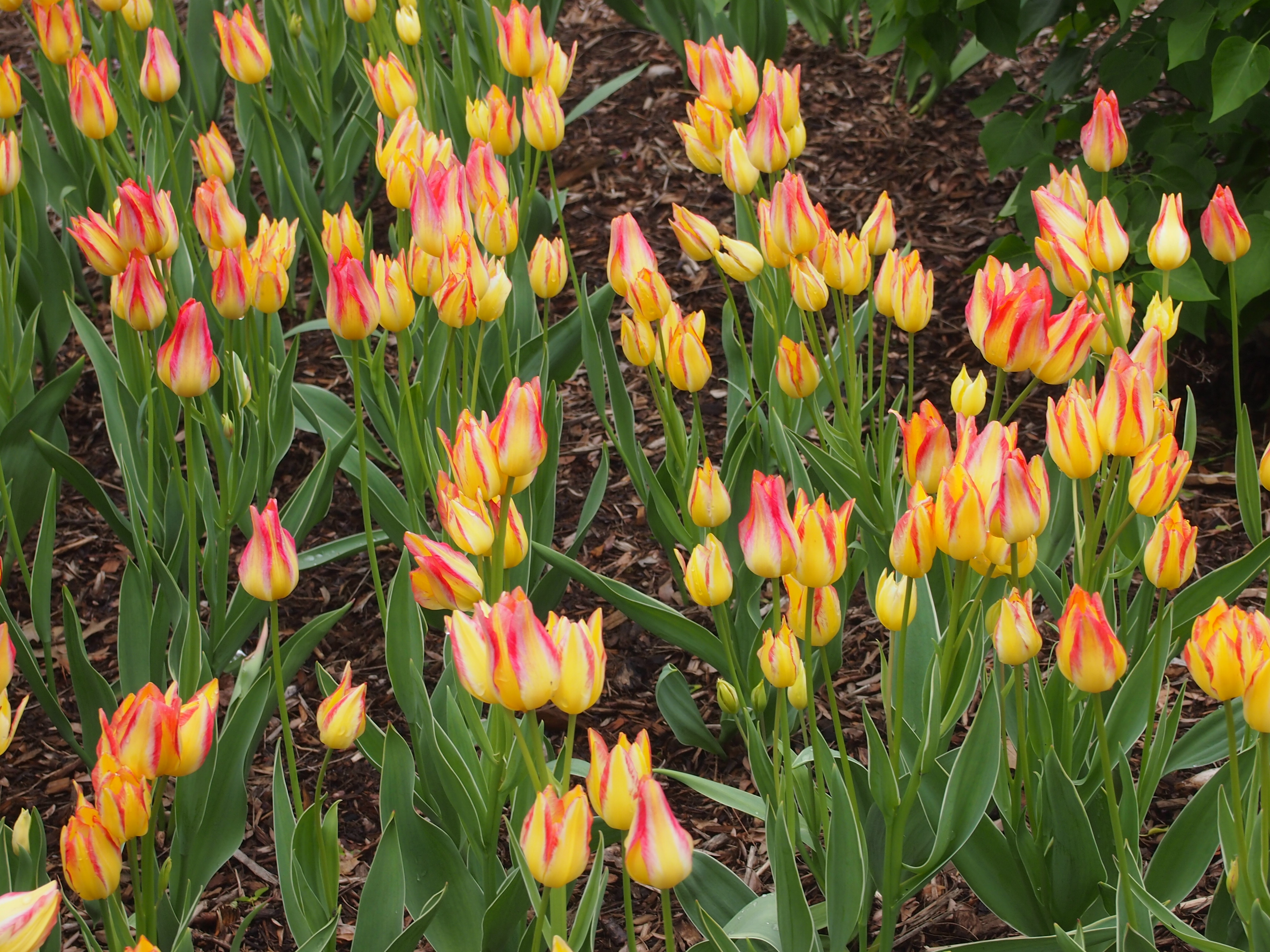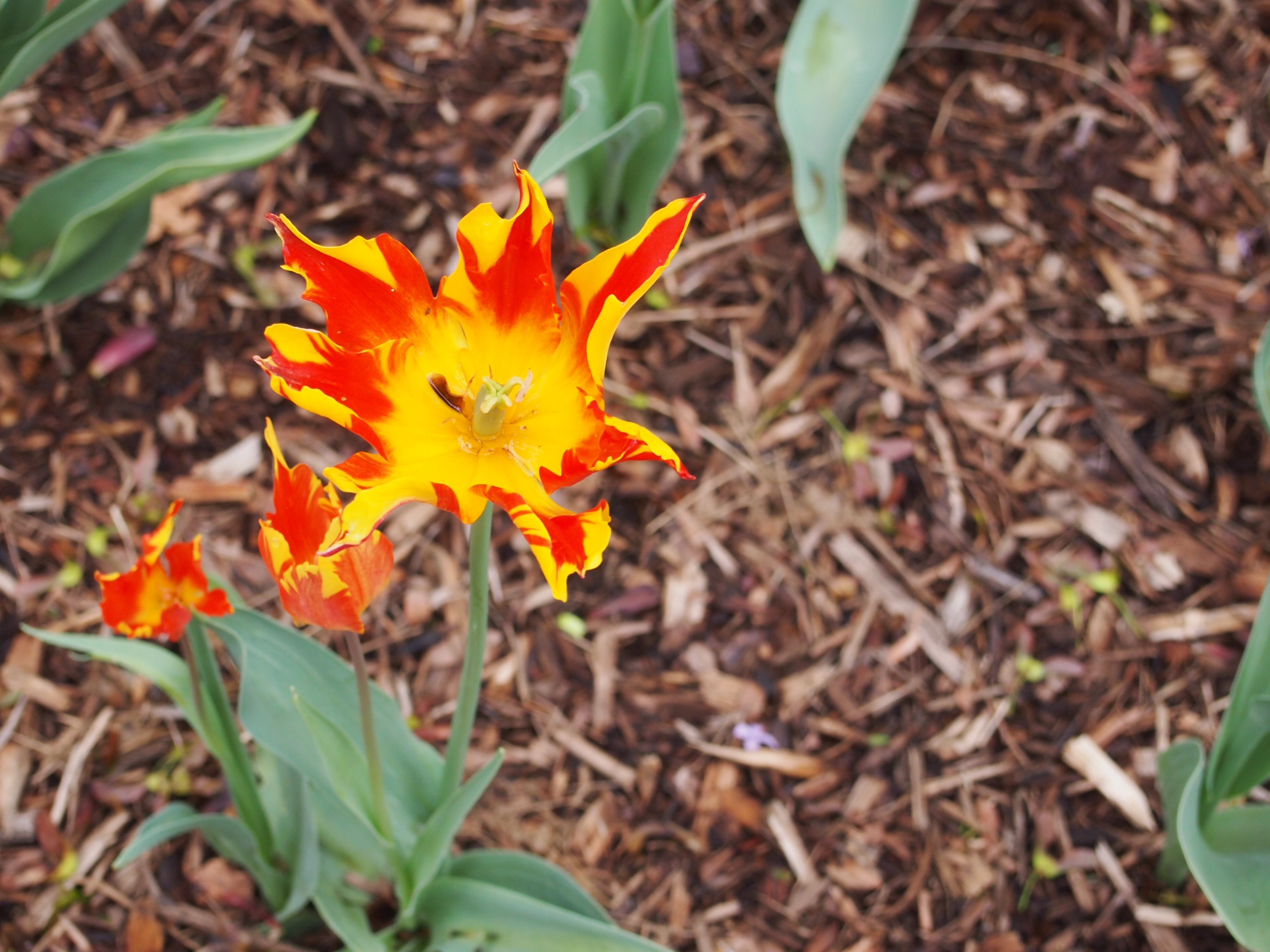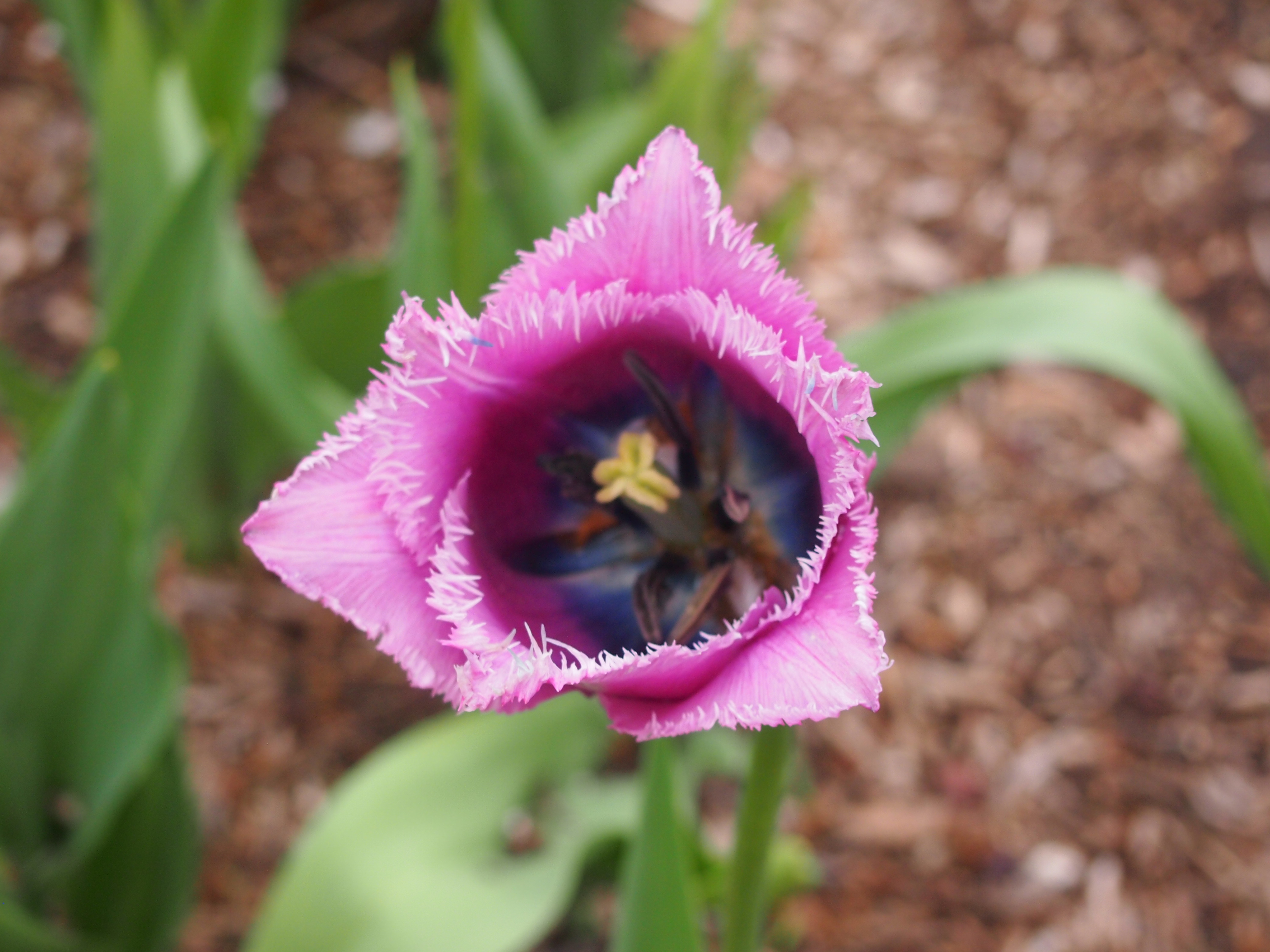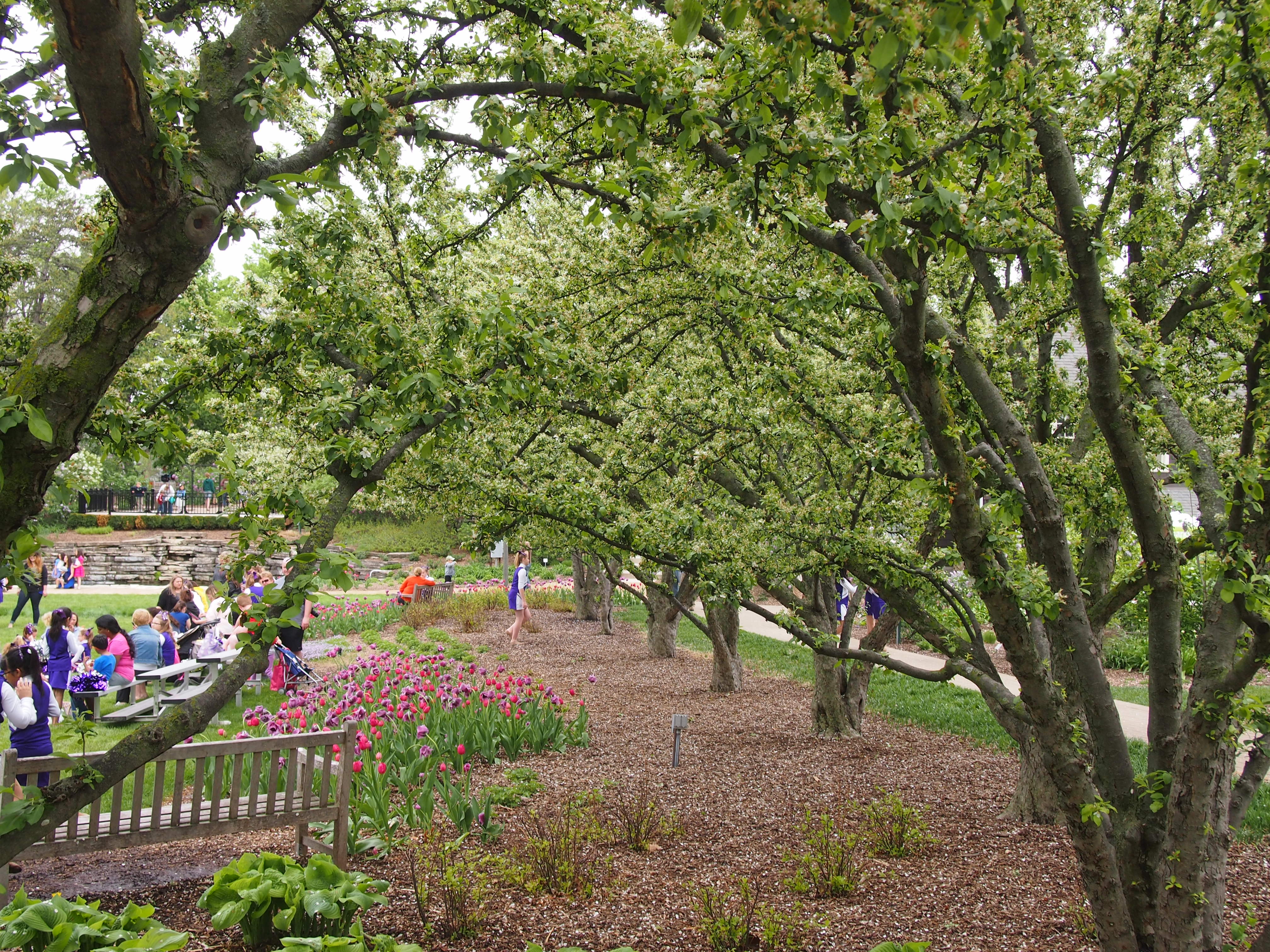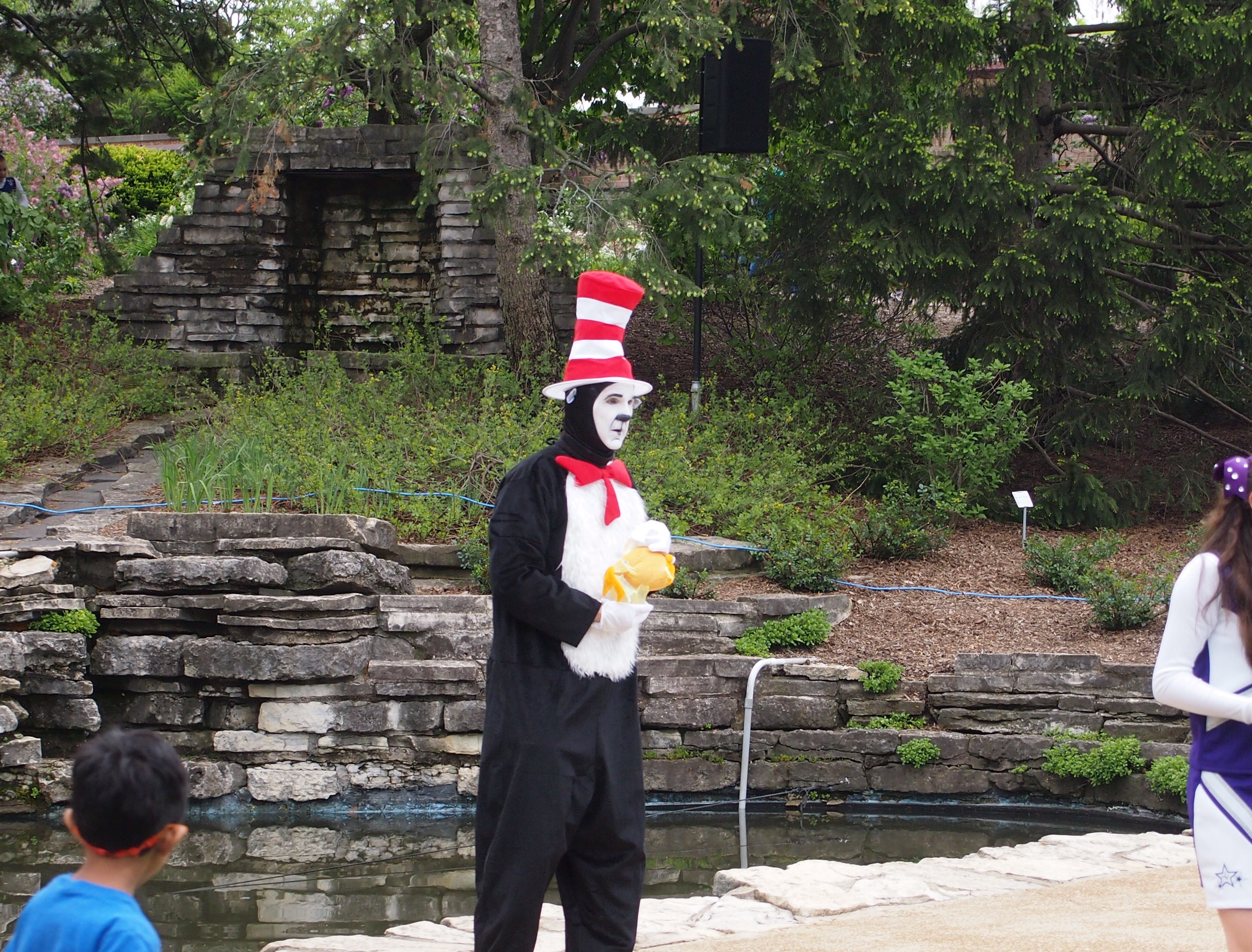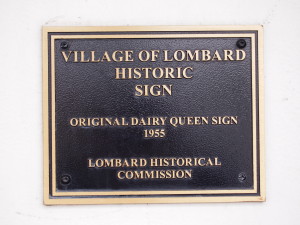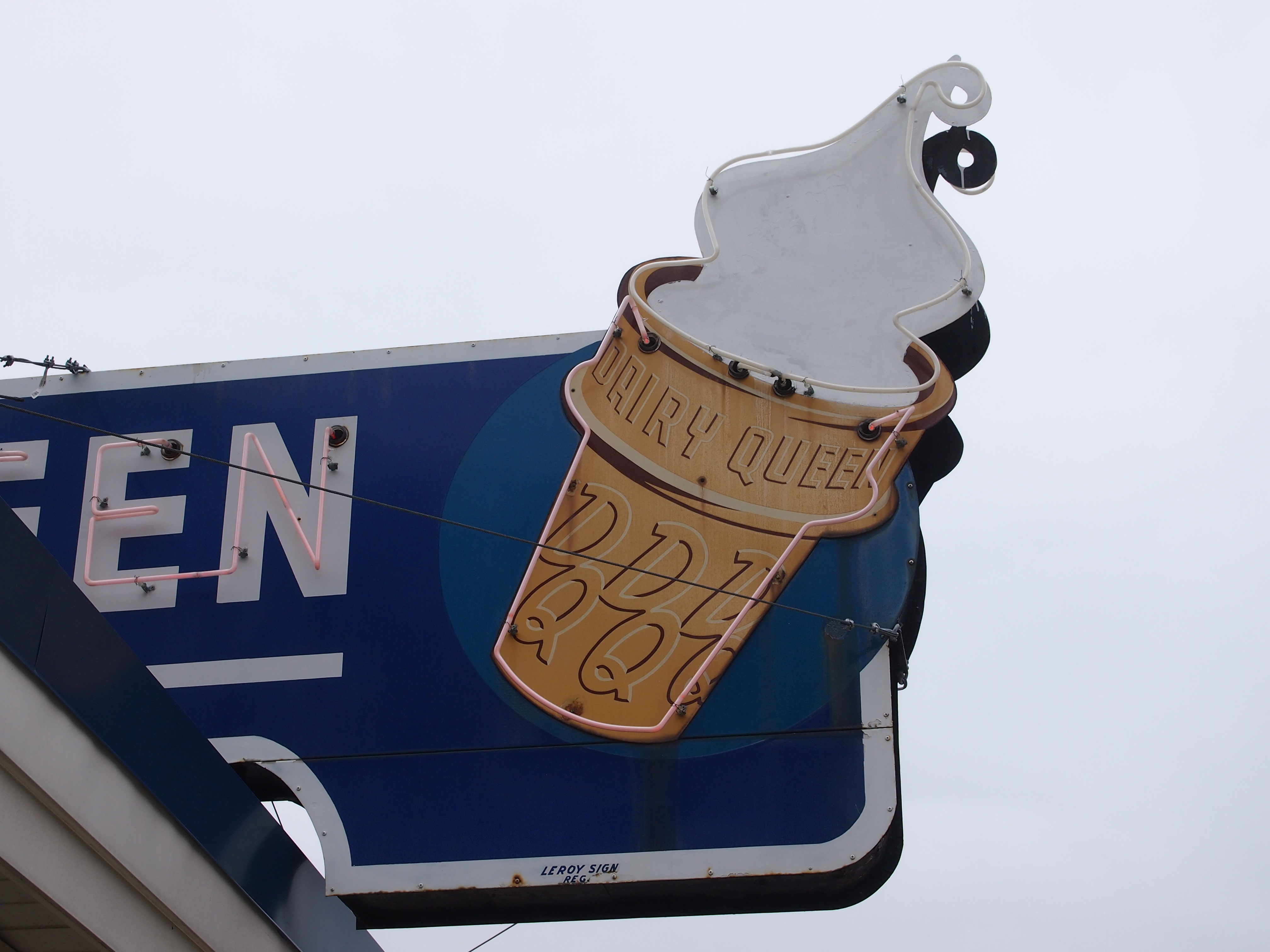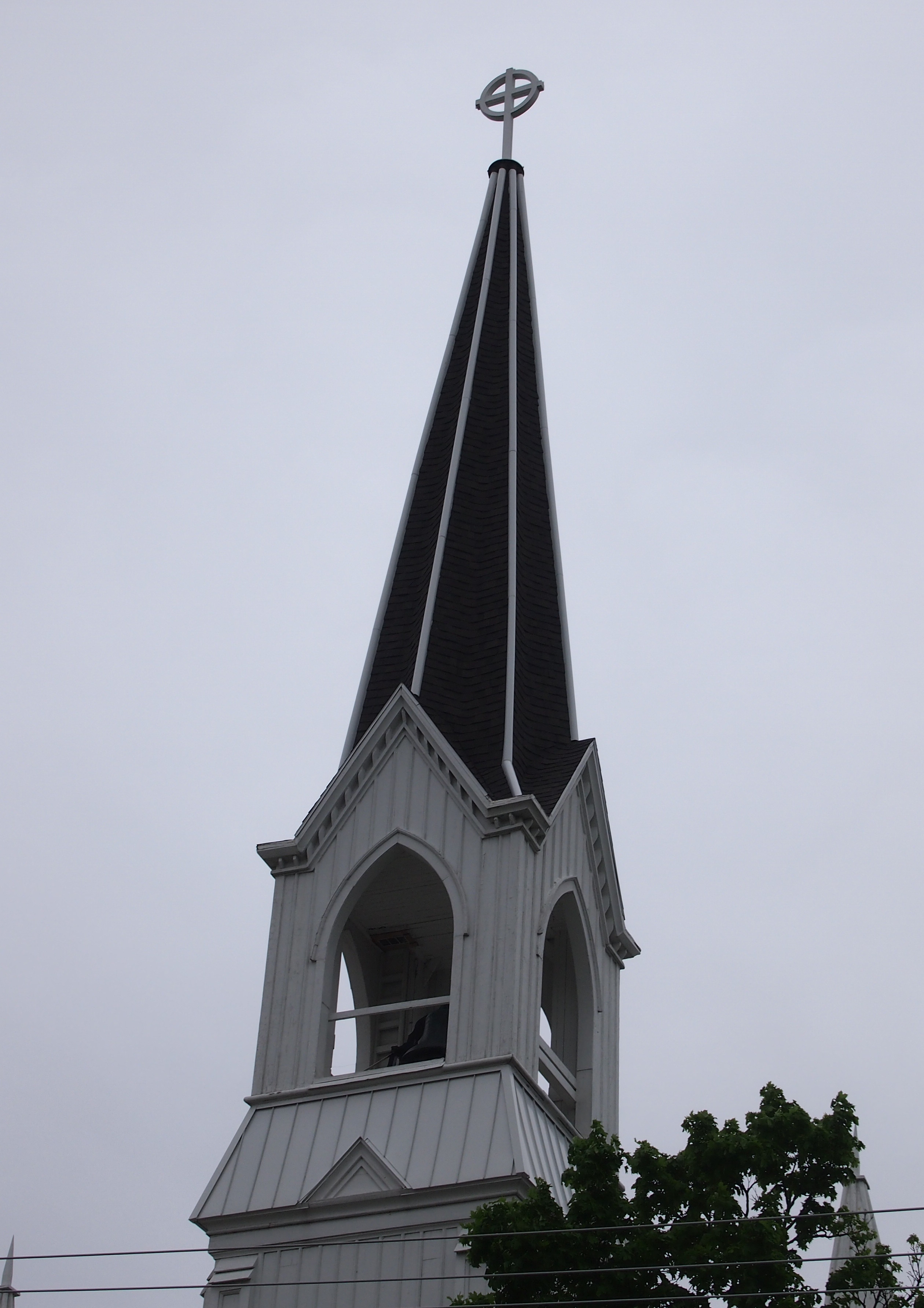On Friday afternoon, we took the dog for a walk at Poplar Creek Nature Preserve. A balmy afternoon. Most of the tree foliage is still green, but includes distinct tinges of yellow or brown. Goldenrod blooms profusely, and so do white daisy-like flowers, along with a larger version that’s lavender-colored, but not actually lavender. The tall grass is brown, the short grass green. The cicadas still buzz and the grasshoppers still hop.
The Woodfield Mall was busy in its own way on Saturday afternoon. I can’t remember the last time I was there, but it’s been a while. There’s a certain amount of renovation going on in the common areas, but nothing that affects the flow of people too much. A number of stores displayed Star Wars merchandise in highly visible ways. I haven’t been keeping track, but that must foreshadow a movie along those lines.
Sure enough, a line in the Sunday Tribune Arts and Entertainment section tells me that, “As a new Star Wars movie looms [interesting choice of verbs], many of the franchise’s original fans are as devoted as ever.” Guess the merch is partly for them and their offspring. As far as I’m concerned, the first three movies, while very entertaining in their time, need to go in a box labeled Things of the Past.
Most of Sunday was overcast, so I wondered whether I was going to see the lunar eclipse. A couple of hours before dark, however, the clouds cleared away, and at about 8:30 I went out to see the shadow of the Earth falling on the Moon. At about 9, Yuriko, Ann and I were out, and then again 15 minutes later for totality. The dog was out, too, but typical of dogs, she didn’t give a fig for the celestial phenomenon (no smell involved, I guess). The copper moon was a pretty sight, but it didn’t look any bigger than usual to me.
In time for the eclipse, the Atlantic posted these images, marvels of 20th-century manned space exploration. These images are more recent marvels of (mostly) unmanned space exploration.
Lilly was at a friend’s house on Sunday evening, so I did what you do these days, and sent her a text about the eclipse. Later she said she’d seen it. I’m also glad to report that at least two neighboring families on my block were out to see it, too. I noticed that while taking the garbage out under the dark copper moon.
